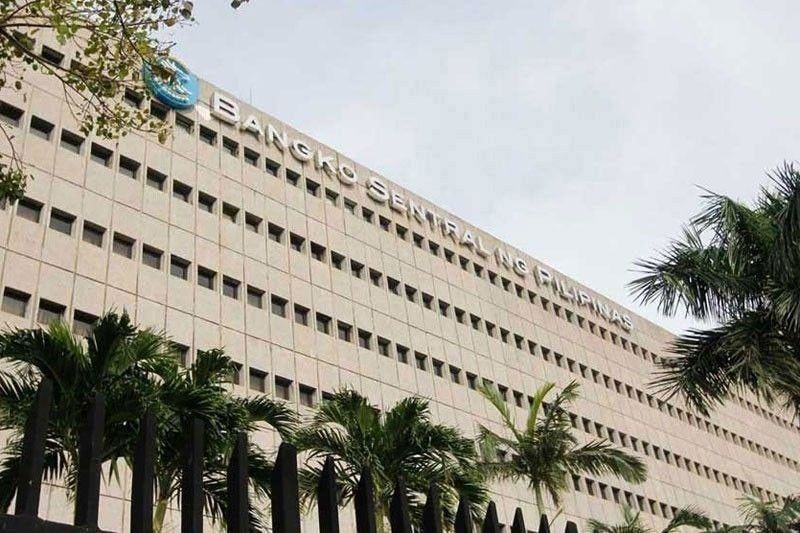BSP: Expect wider BOP, CA deficits, thinner GIR

MANILA, Philippines — The Bangko Sentral ng Pilipinas (BSP) expects a wider balance of payments (BOP) and current account (CA) deficit as well as thinner foreign exchange buffer as external risks have intensified.
In a virtual press conference, Sittie Hannisha Butocan, director of the Department of Economic Research at the BSP, said the central bank sees a wider 2022 BOP deficit of $8.4 billion or two percent of gross domestic product (GDP) instead of $6.3 billion or 1.5 percent of GDP.
Latest data showed the country’s BOP shortfall widened by 63.1 percent to $3.1 billion in the first half from $1.9 billion in the same period last year, primarily due to the widening of the current account deficit on account of a higher trade deficit
The BOP is a summary of the economic transactions of a country with the rest of the world for a specific period.
Butocan said the higher BOP deficit is expected to occur mainly due to the further widening of the current account shortfall which is expected to hit $20.6 billion or five percent of GDP this year.
The current account, which covers trade in goods, services, primary income, and secondary income, swelled to $12.03 billion or 6.1 percent of GDP in the first semester from $1.34 billion or 0.7 percent of GDP in the same period last year due to the wider trade in goods deficit.
Butocan said the Monetary Board approved the new set of 2022 and 2023 BOP projections last Friday, incorporating latest available data and recent emerging developments.
Butocan said factors including the risks of further downward revision in global growth prospects, record-high inflation worldwide, more aggressive monetary policy tightening by major central banks, continued economic slump in China, and lingering Russia-Ukraine war among others, are expected to broadly weaken global demand conditions.
“In particular, these are expected to moderate the growth in merchandise exports and, along with increased imports, will result in a further widening of the goods trade gap,” Butocan said.
Butocan said the central bank is now looking at a slower export growth of four percent instead of seven percent amid expectations of continued softening of global demand, persistent supply bottlenecks and the rise in input costs.
Imports, on the other hand, are expected to accelerate by 20 percent instead of 18 percent on the back of elevated international commodity prices and increased import requirements given resumption in domestic economic activities.
For services, Butocan added exports are expected to grow at a faster pace of 14 percent instead of 11 percent and for imports at 14 percent instead of 13 percent.
Likewise, tourism receipts are seen posting a biggest growth of 250 percent instead of 100 percent for this year, while the revenues of the business process outsourcing (BPO) sector is seen expanding by nine percent instead of eight percent for this year following the further reopening of the domestic economy and easing of travel restrictions for foreign tourists beginning February.
The BSP has maintained its growth projection for remittances from overseas Filipino workers (OFWs) at four percent for this year and next year in line with its long-term growth trend and its demonstrated resilience, rising workers’ deployment on the back of renewed hiring interest for OFWs, and increased use of digital financial services by overseas Filipinos and their beneficiaries.
Meanwhile, Butocan said the BSP is now looking at a smaller gross international reserves (GIR) level of $99 billion, or equivalent to 7.5 months import cover, instead of $105 billion or eight months import cover for this year amid the buildup in external risks that could weigh on the country’s major sources of foreign exchange.
Latest data showed the country’s foreign exchange buffer slipped for the sixth straight month to hit a two-year low of $98.97 billion in August from $99.84 billion in July. This was the smallest since the $98.95 billion recorded in August 2020.
BSP Department of Economic Statistics senior director Redentor Paolo Alegre said the country booked higher BOP deficits in the second quarter as well as first half of the year due to the wider CA shortfall brought about by the higher trade in goods deficit amid increased domestic demand and higher global commodity prices.
- Latest
- Trending
























